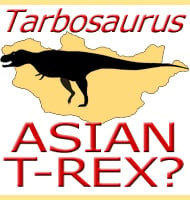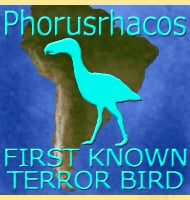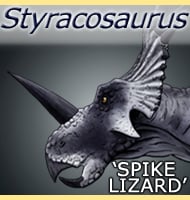Cobelodus
In Depth With a bulbous head, strongly arched back and dorsal fin that was so far back it sat near above the pelvic fins, Cobelodus was not a shark that was built for speed. Instead it may have cruised around near the bottom hunting for crustaceans and other invertebrates that did not require active pursuit. … Read more


